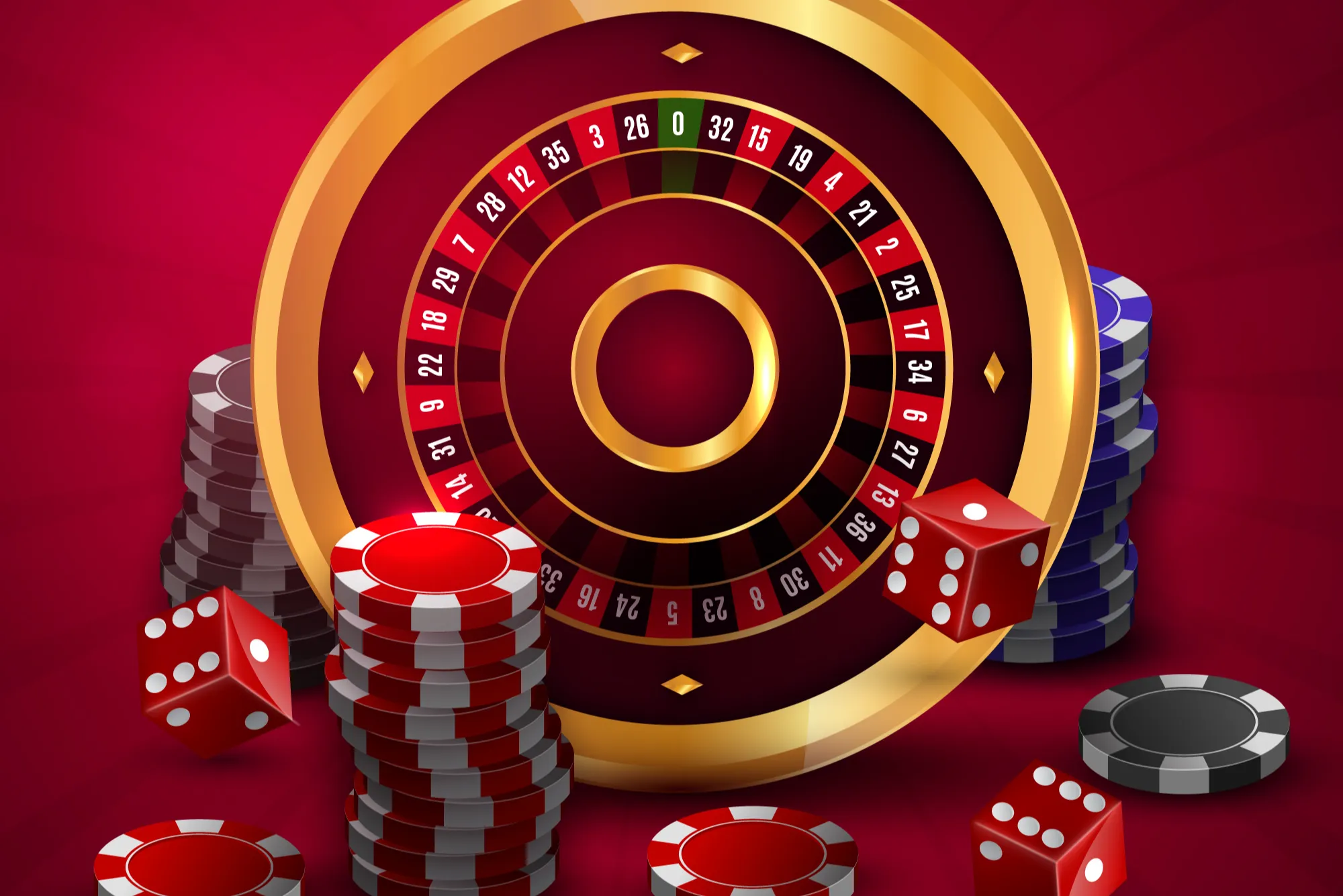The casino industry thrives on innovation and player engagement. From flashy visuals to immersive bonus rounds, providers continually search for ways to enhance the gaming experience—and keep players coming back. In recent years, a new concept has been gaining traction across both online and land-based venues: recharge-based slots. As someone who’s both tested dozens of slot games and consulted with operators on promotional strategies, I’ve seen firsthand why recharge-based models are catching fire. In this deep dive, I’ll unpack the mechanics behind these slots, explore the motivations for their introduction, and share practical insights on what they mean for players and operators alike.
Recharge-based slots depart from the traditional spin-and-wait model by offering players opportunities to “recharge” their in-game balance under special conditions—often in exchange for extra time, boosted features, or a second chance at free spins. Imagine you’re deep into a bonus round and the free spins are drying up; a recharge option might let you purchase or earn additional spins at a reduced cost, thereby extending the thrill. This mechanic addresses one of the perennial player pain points—running out of bonus rounds too quickly—while providing operators with new levers to optimize engagement and revenue.
From my experience, the appeal of recharge-based slots lies in their blend of control and unpredictability. Players feel they can influence outcomes by choosing when to recharge, yet the system retains the random magic at the heart of slot play. As we’ll see, this balance of agency and suspense is a driving factor behind the model’s rising popularity.
What Are Recharge-Based Slots?
Recharge-based slots integrate a secondary purchase or earn mechanism into the core gameplay loop. Unlike standard slots—where you spin, win or lose, and move on—these games present recharge opportunities at critical junctures: when a bonus round is near its end, after a significant loss streak, or tied to loyalty milestones.
At a technical level, recharge options might be triggered by predefined thresholds. For instance, if a player’s bonus spins drop below a certain count, a “Recharge Now” button appears. Clicking that button could deduct a small fee from the player’s balance in exchange for extra spins, or it might apply a multiplier boost that enhances the remaining free rounds. The exact parameters—cost, benefits, and timing—vary by developer, but the fundamental principle remains the same: provide targeted opportunities to re-engage players in the midst of a session.
The Role of Random Number Generators
As with all regulated slots, recharge-based games rely on Random Number Generators (RNGs) to ensure fairness. Recharges do not alter the underlying RTP (Return to Player) in the long term; they simply redistribute potential rewards within a session. Developers calculate recharge costs and benefits so that, across millions of spins, the overall house edge remains consistent with the game’s advertised RTP. In practical terms, recharges offer short-term excitement without undermining regulatory compliance.
Why Operators Are Embracing Recharges
From an operator perspective, recharge-based slots present several strategic advantages:
Extending Session Lengths
One of the biggest challenges for casinos is session drop-off—players leaving after bonus rounds end. Recharges act as a retention tool, giving players a reason to stay engaged. In a pilot program I observed at a major online casino, implementing recharge options increased average session lengths by 18% and boosted total wagers by 12%.
Monetizing Bonus Features
Recharge mechanics convert passive bonus rounds into micro-transaction opportunities. When players see the tangible value of extra spins—especially if those spins yield big wins—they’re more inclined to make recharge purchases. This approach diversifies revenue streams and reduces reliance on standard bet-spin ratios.
Data-Driven Personalization
Recharge triggers generate valuable data on player preferences. Casinos can analyze when players opt to recharge—after large losses, near bonus end, or during particular bet sizes—and tailor future offers accordingly. Personalizing recharge costs or bonus rewards based on user behavior can enhance take-up rates and foster loyalty.
A Look at Player Psychology
Recharge-based slots tap into several psychological factors that shape gambling behavior:
The Sunk Cost Fallacy
When players have invested time and money into a bonus round, they’re more likely to pay a small recharge fee to continue rather than walk away empty-handed. Casinos leverage this bias by timing recharge offers when the perceived loss looms largest.
Perceived Value and Control
Offering recharges creates a sense of agency—players feel they’re making active choices to influence their session outcome. Even the perception of control, regardless of the mathematical odds, can increase enjoyment.
Avoiding Frustration
Nothing saps enjoyment faster than running out of bonus spins moments before a big potential win. Recharges reduce that frustration, making sessions feel more forgiving and fun.
Practical Tips for Players
While recharge-based slots can be engaging, approaching them strategically ensures you get the most value from these mechanics:
Set a Recharge Budget
Before you begin, decide how much extra you’re willing to spend on recharges. Treat recharge fees like any other form of bet—factoring them into your overall bankroll management.
Evaluate Cost-Benefit
Not every recharge is created equal. Compare the cost of extra spins versus the expected value based on the slot’s volatility. High-variance slots may offer life-changing wins but also long droughts, so recharges on those titles carry more risk.
Time Your Recharges
Wait for triggers that align with meaningful chances—such as near-miss scenarios or bonus rounds that have paid out well so far. Avoid automatic recharges when the round is already in negative territory.
Real-World Examples
Several leading software providers have rolled out recharge-enabled titles. One popular example features a “Double-Up” option during free spins: players can either bank their current winnings or pay a fraction to reactivate the gamble feature for an extra spin. Another game offers “Mega Recharge,” where a larger fee unlocks five additional free spins with a 2× multiplier—an enticing proposition during high-volatility sequences.
At an exhibition I attended last year, I spoke with a developer who noted that recharge engagement rates varied dramatically based on how clearly the option was presented. Subtle, in-game pop-ups yielded low uptake, whereas prominent “Recharge Now” buttons coupled with real-time countdowns saw conversion rates north of 20%.
Balancing Regulation and Innovation
Recharge-based slots straddle the line between innovative mechanics and responsible gaming. Regulators in many jurisdictions are scrutinizing micro-transaction models in gambling to ensure transparency and protect vulnerable players. The key compliance considerations include:
Clear Disclosure: Recharge costs and conditions must be prominently displayed. Surprise fees or hidden terms undermine trust.
Loss-Limit Safeguards: Players should have tools to set limits on recharge spend, just as they do on deposits and wagers.
Age and Identity Verification: Identifying self-excluded or underage players before allowing recharges is non-negotiable.
I’ve worked with compliance teams to build age-gate pop-ups and mandatory cooling-off periods after prolonged recharge use. Prioritizing player protection not only meets regulatory demands but also reinforces brand reputation and long-term loyalty.
The Link Between Recharges and Modern Payment Methods
As casinos integrate new mechanics like recharges, they also adopt seamless payment methods to facilitate quick transactions. For UK players, options such as e-wallets and prepaid services have grown popular. In particular, paypal betting sites uk provide instant deposits and withdrawals, making it trivial to fund recharges without navigating lengthy bank transfers or card verifications. This ease of payment reduces friction and encourages on-the-spot engagement with recharge offers.
The Future of Recharge Models
The debut of recharge-based slots marks just the beginning. We can anticipate further experimentation:
Dynamic Pricing: Algorithms that adjust recharge costs based on real-time demand and session metrics.
Subscription Tiers: Flat-fee monthly plans offering unlimited recharges on select games.
Cross-Platform Recharges: Allowing players to recharge across desktop, mobile, and live dealer tables.
By blending data analytics, behavioral insights, and cutting-edge tech, providers will continue refining recharge mechanics to suit diverse player segments.
Conclusion
Recharge-based slots represent a meaningful leap in slot design, offering players renewed opportunities to extend bonus rounds and operators a potent tool for enhancing engagement and revenue. By understanding the mechanics of recharges, operators can craft compelling experiences, and players can make informed choices about when and how to embrace these offers. As payment methods like PayPal streamline transactions, and regulatory frameworks adapt to protect players, recharge models are poised to become a staple feature in the next generation of casino games. The introduction of recharges underscores the industry’s drive to balance innovation with immersive, player-centric design—ensuring that every spin remains as fresh and exciting as the last.



